Rita Angus at Wainui
Rita Angus at Wainui
Rita Angus's biographer Jill Trevelyan explains the background to three paintings created at Wainui, on Akaroa Harbour, during the summer of 1943.
Related reading: In the Vast Emptiness
Collection
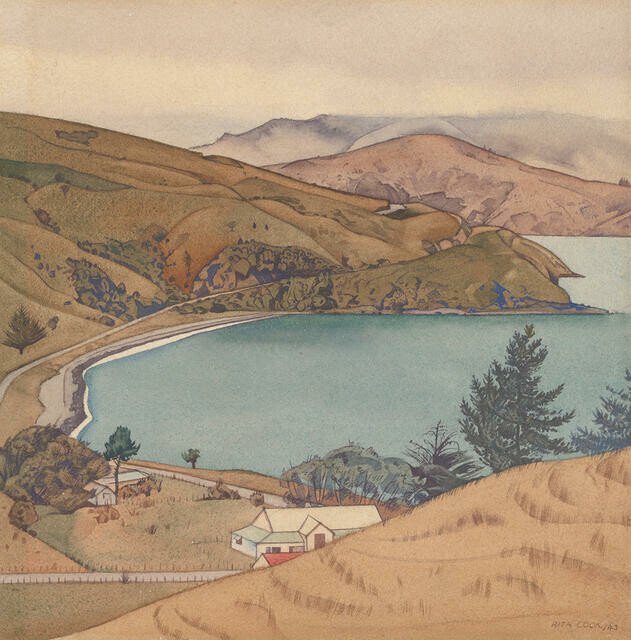
Rita Angus Wainui Bay, Akaroa
In the summer of 1943, during the height of World War II, Ōtautahi Christchurch artist Rita Angus was called up by the Industrial Manpower Board to report for work at a local factory as part of the country’s war effort. Angus was a pacifist, so she chose instead to move to Wainui, a small coastal settlement in Akaroa Harbour, where she spent several weeks. Wainui was a refuge, a place of retreat and recuperation for Angus, and she embarked on an extraordinary series of small watercolours of the surrounding landscape. The intense attention to detail and her precision and clarity in applying the watercolour paints is exceptional. Angus wrote: “Wainui is charming, the bach is built on a rise overlooking the harbour and opposite Akaroa, and the weather has been rather wonderful. […] I find the bach very comfortable, most of my subjects are near here. I’m aware of much I’ve not noticed before, and how very short is one’s life. Again a hermit, I can reflect on the last few weeks in Christchurch, they were wonderful weeks to me. […] I thought I could be a more simple hermit than I am.”
He Kapuka Oneone – A Handful of Soil (from August 2024)
Notes
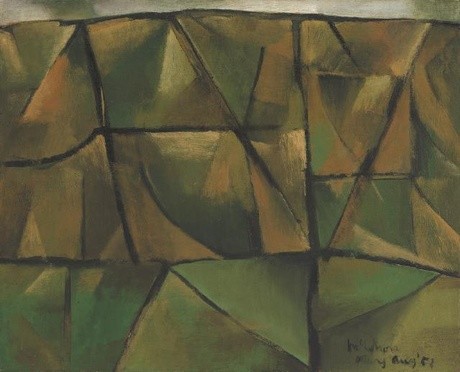
Canterbury Landscape by Colin McCahon
In 2014 we purchased an important landscape work by Colin McCahon. Curator Peter Vangioni speaks about this new addition to Christchurch Art Gallery’s collection.
Notes
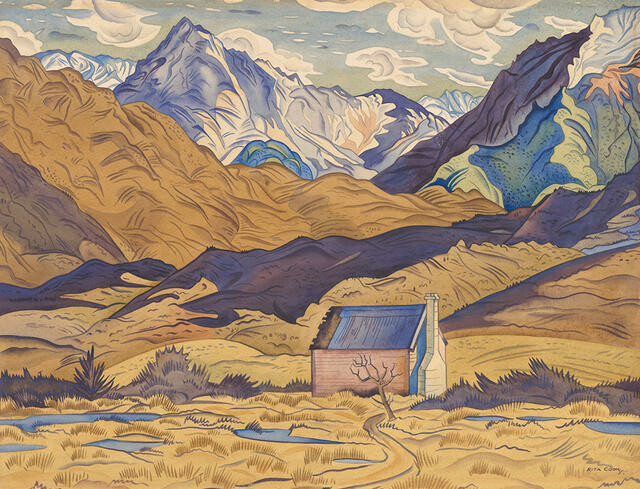
Mountains, Cass by Rita Angus
This article first appeared as 'The wonders of waterolours' in The Press on 11 August 2015.
Notes
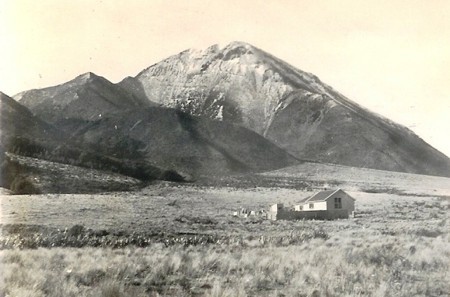
100 years of the Cass field station
Last weekend the University of Canterbury Biology Department celebrated the 100th anniversary of the field station at Cass with a symposium on Cass followed up with a field trip to the station.
Notes
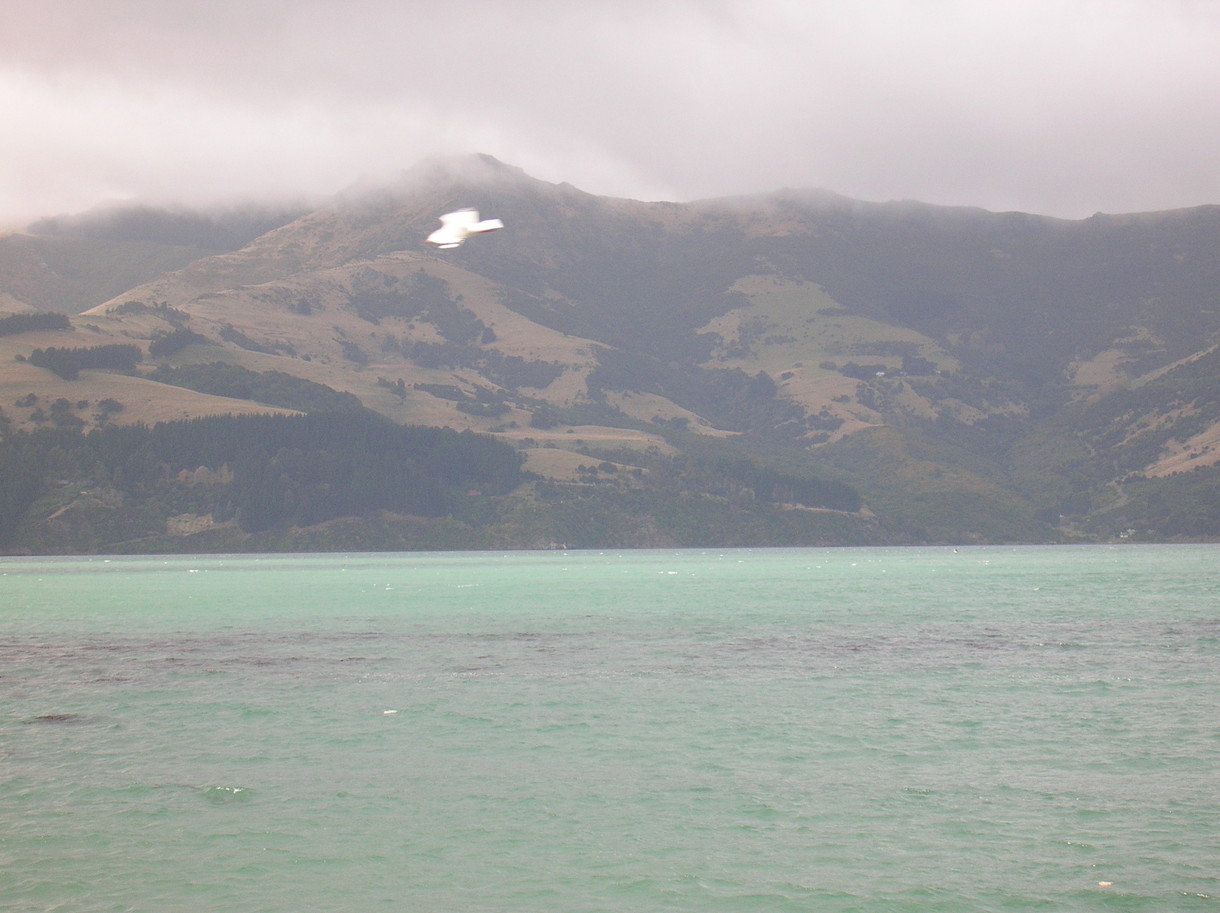
Wainui - to the west of the long harbour
"I like Wainui, quaint, charming, rather like a Pieter Bruegel subject with the haymaking in progress." Rita Angus to Douglas Lilburn, 1943
Notes
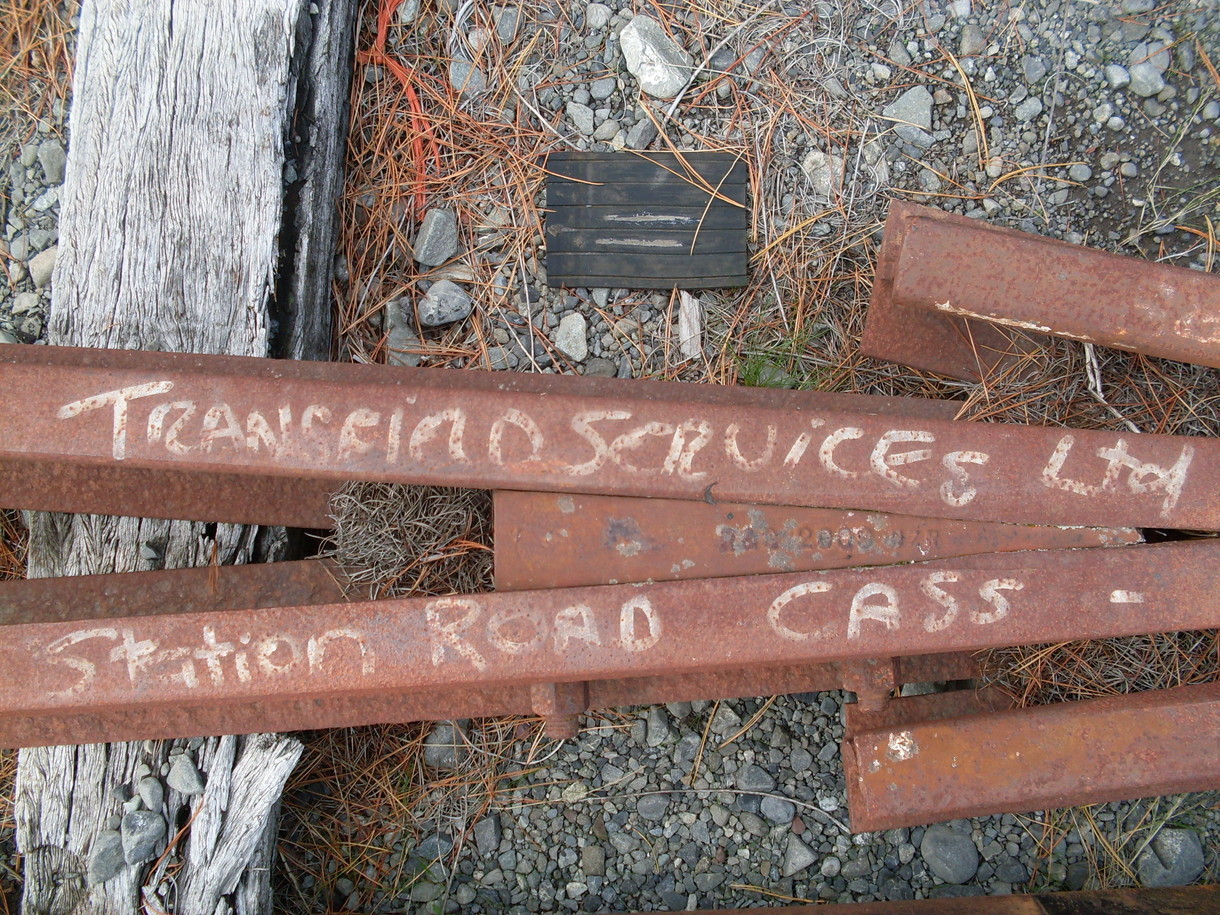
CASS
This week 77 years ago Rita Angus visited Cass on a sketching holiday with Louise Henderson and Julia Scarvell that resulted in several paintings including the Christchurch Art Gallery's Cass.
Notes
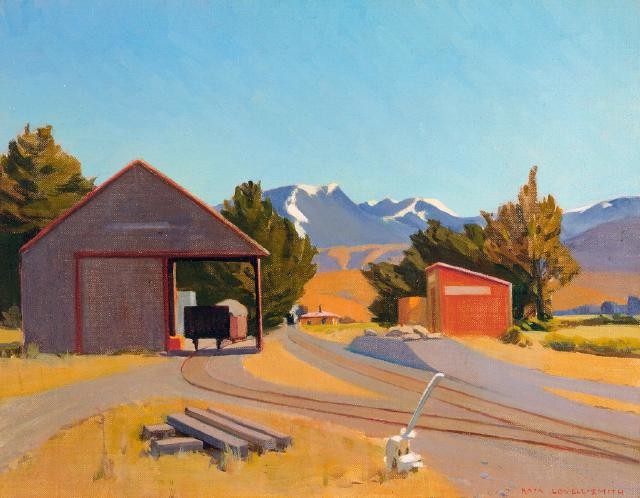
CASS
André Hemer's exhibition CASS is well worth a visit if you are near the Christchurch Art Gallery's space above NG on Madras street.
Notes
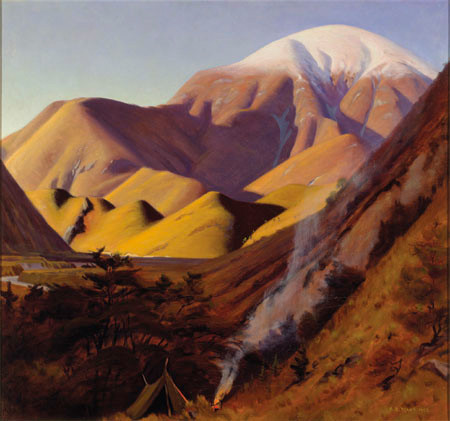
Heart in the high country: Austen Deans (1915 - 2011)
For Austen Deans, OBE, painting was an expression of his love of the outdoors and, in particular, the Canterbury high country.
Notes
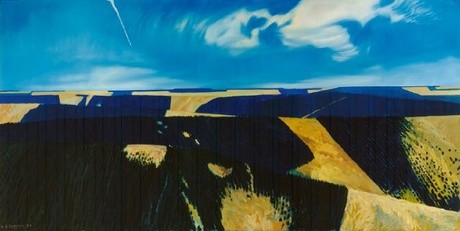
Sutton high-fives McCahon
Nothing made it into a W.A. Sutton painting by accident, and the white line that rises diagonally through the sky in Plantation Series II is no exception.
Notes
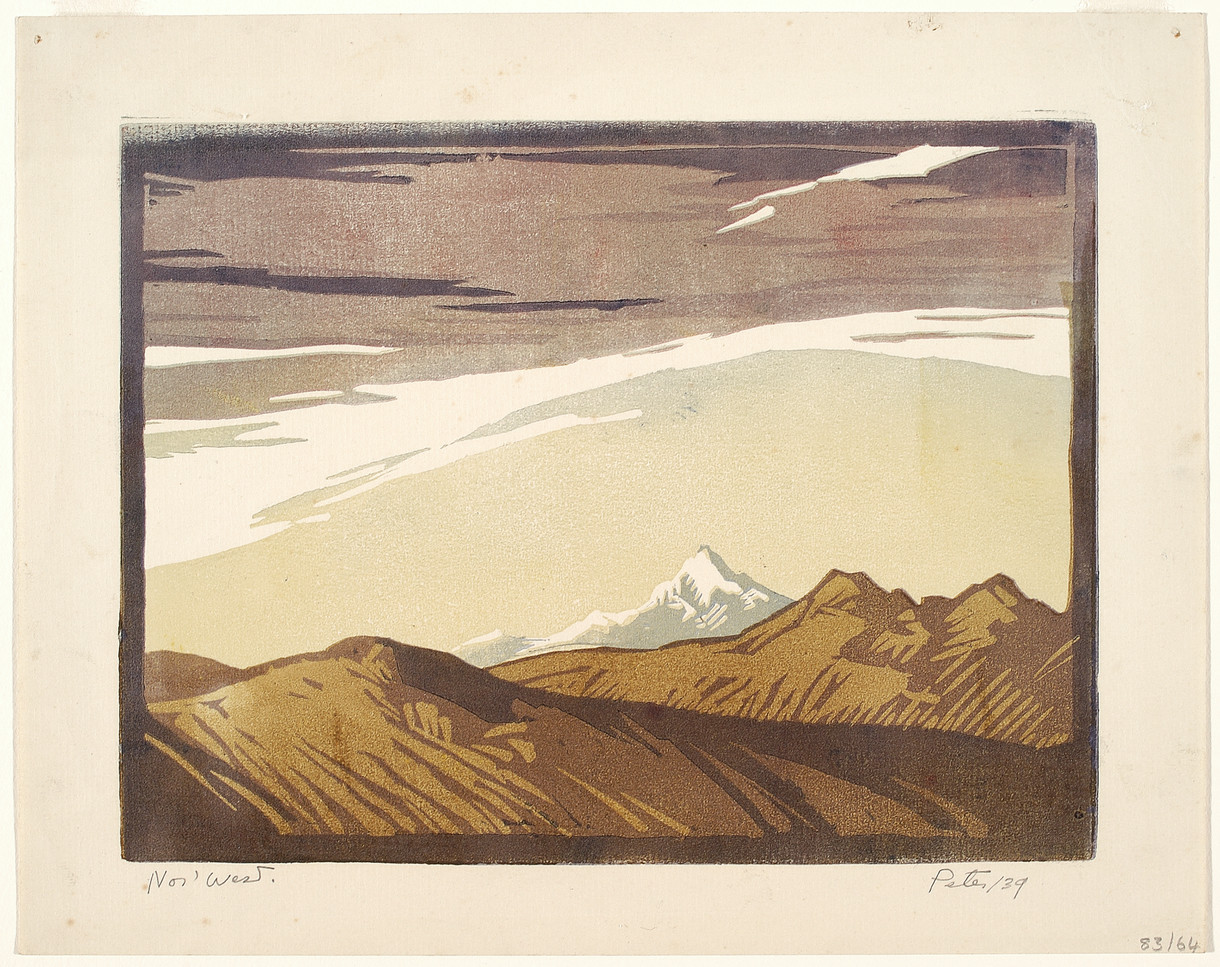
Another nor’wester descends on Canterbury
Some people fear them, others revel in the unforgiving dry heat – love them or hate them the legendary Canterbury nor'wester is one of the defining features of this region in the summer months and there is a real doozy blowing outside at the moment.
Article
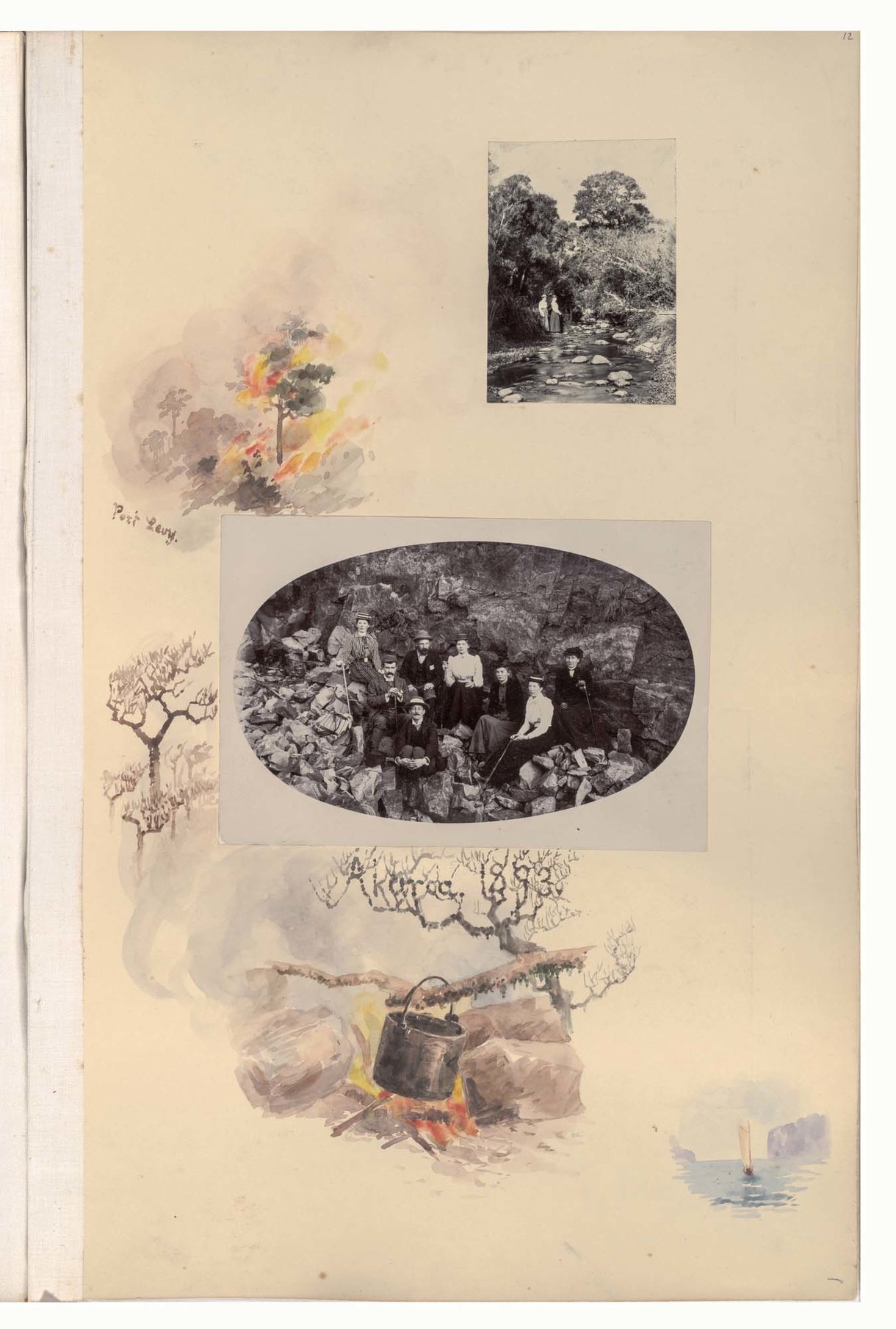
Exquisite Treasure Revealed
Canterbury Museum holds two albums compiled by Diamond Harbour artist Margaret Stoddart. The older of the two, containing images featured in this Bulletin, and itself currently exhibited in the Gallery, covers the period 1886–96. The album is handsomely bound in maroon, and stamped M.O.S. in gold. It contains a sort of travelogue by way of black and white photographs set amongst decorative painting, mostly of native flora, with some locality and date information.